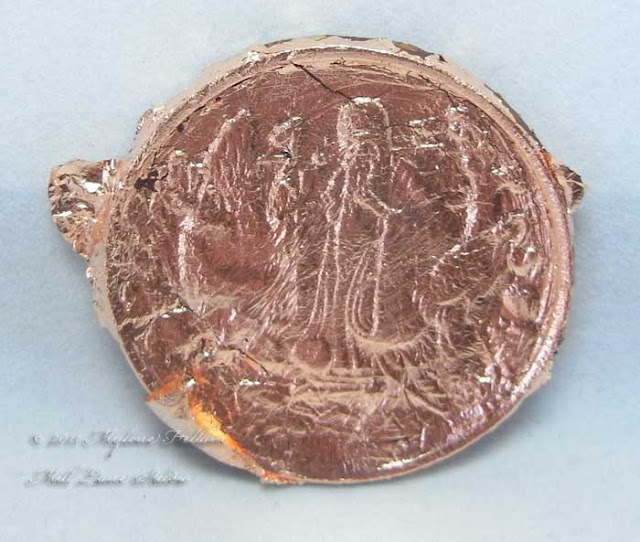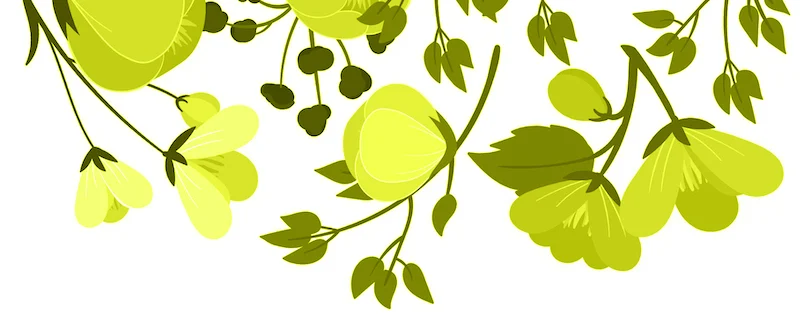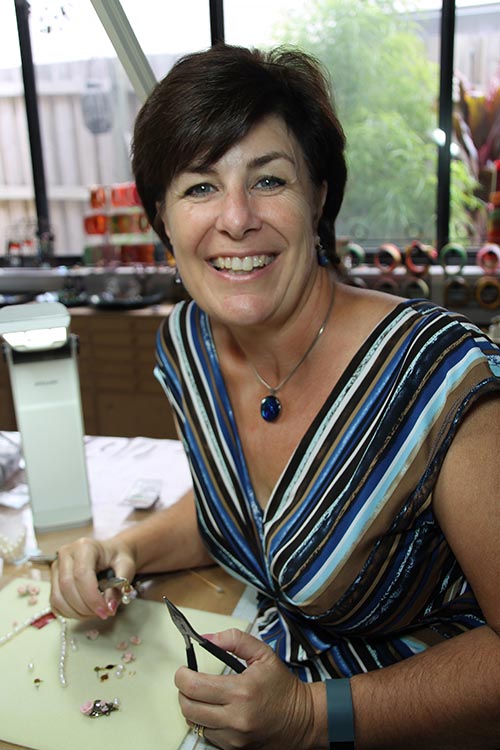 I got to spend this past weekend in in our nation's capital, and for the first time in a long time, I was travelling for pleasure rather than for work.
I got to spend this past weekend in in our nation's capital, and for the first time in a long time, I was travelling for pleasure rather than for work.I've always liked Canberra - there is a lot to see and do, and mostly it's free. You've gotta love that! We crammed in a visit to the Mint, Parliament House and also the War Memorial. But today's post is inspired by the Mint.
It was fascinating to learn about the process of making coins and it inspired me to dig out my collection of old 1c and 2c coins to turn into jewellery........ specifically, resin jewellery.
OK, let's stop there! It turns out that 1c and 2c coins are still legal tender in Australia. Who knew! They've been out of circulation since 1994 and it would be next to impossible to get anyone to accept them as payment but, by law, you can still use them!
In my research, I discovered this page on the Royal Australian Mint's website which explains in quite clear terms that it is illegal to deface our currency or to replicate it. Now, most people would have worked that out for themselves but without knowing that 1c and 2c coins are still legal tender you could land yourself in a lot of hot water. So I guess I won't be creating any moulds or embedding any 1c or 2c coins in my jewellery designs after all.
After rethinking today's project I remembered a cast I had in my stash made using a Krafty Lady mould (AM048 Confucious Medallion) and resin. It looks quite like an old coin so it will be perfect for a tutorial on turning resin into metal.
I've started out with a transparent orange resin casting. The orange will actually help create a bit of a rusty look to the finished coin, but any colour casting will be fine to work with. The detail is quite shallow, just like a coin so it will need a bit of highlighting to bring out the design at the end.
 Apply a tacky adhesive to the coin. Here I'm working on the back. Depending on how you plan to use your finished coin, you may need to cover both sides. Just work on one side at a time.
Apply a tacky adhesive to the coin. Here I'm working on the back. Depending on how you plan to use your finished coin, you may need to cover both sides. Just work on one side at a time.  Allow it to dry to the tacky stage......
Allow it to dry to the tacky stage...... then place it face down into a sheet of copper leaf. You can see that I've already applied variegated leaf to the back.
then place it face down into a sheet of copper leaf. You can see that I've already applied variegated leaf to the back.  Carefully remove the excess foil.
Carefully remove the excess foil. Use a soft brush to gently push the copper leaf into contact with the tacky adhesive so that the detail is visible.
Use a soft brush to gently push the copper leaf into contact with the tacky adhesive so that the detail is visible. Apply a layer of black acrylic paint......
Apply a layer of black acrylic paint...... and once the gloss has disappeared (i.e. it's almost dry, but not quite), pat off the excess paint with a cloth.
and once the gloss has disappeared (i.e. it's almost dry, but not quite), pat off the excess paint with a cloth.  Apply more paint to the rest of the coin and repeat.
Apply more paint to the rest of the coin and repeat. Next you'll need AMACO's Rub 'n Buff in Patina.
Next you'll need AMACO's Rub 'n Buff in Patina. Apply the Rub 'n Buff with your finger to the whole coin.
Apply the Rub 'n Buff with your finger to the whole coin. And then rub away the excess with your finger. Take care not to rub too hard as the copper leaf may also rub away.
And then rub away the excess with your finger. Take care not to rub too hard as the copper leaf may also rub away. Lightly dry brush black acrylic paint across the surface to add some definition to the design.
Lightly dry brush black acrylic paint across the surface to add some definition to the design. And there you have it..... an ancient looking coin that looks like it's been unearthed from an archeological dig.
And there you have it..... an ancient looking coin that looks like it's been unearthed from an archeological dig. Now that's alchemy!
Now that's alchemy!I hope you enjoyed the tut. I'll be back later in the week with another coin related post.
'Til next time.....

If you can't get enough of My Tutorials and you want even more inspiration, click here to find my books and printable pdfs





Awesome!
ReplyDeleteThanks France. Nice to hear from you :)
Delete